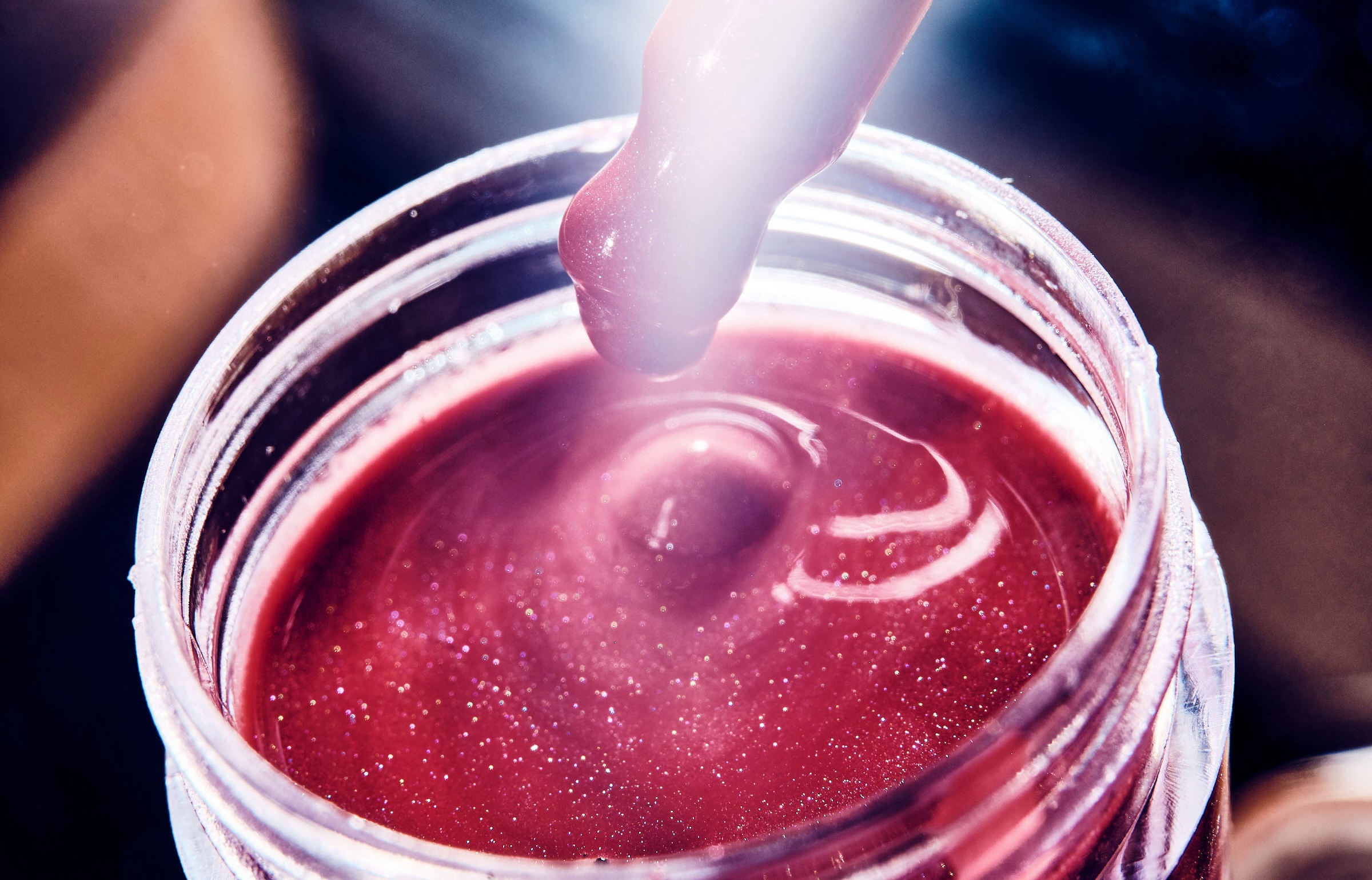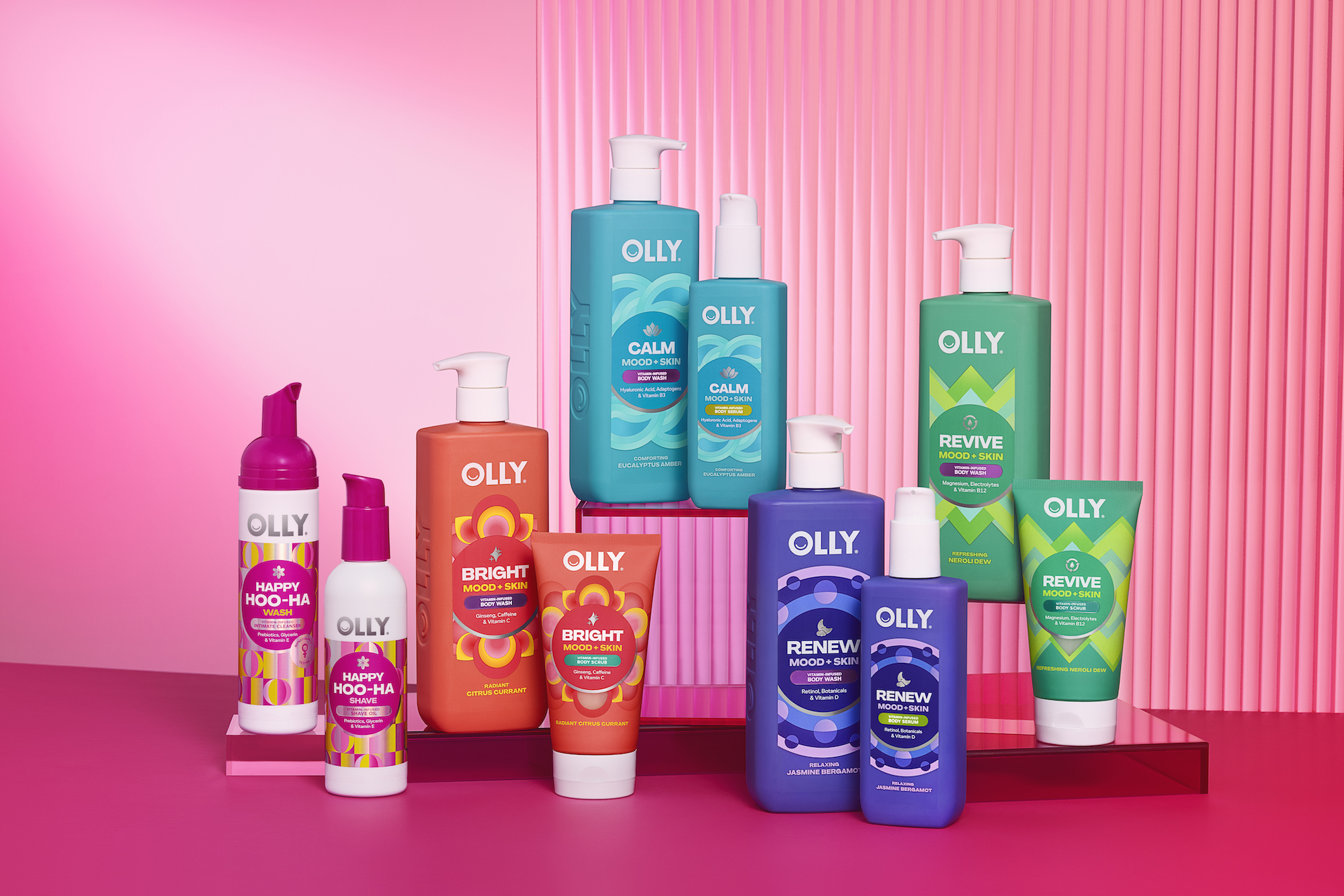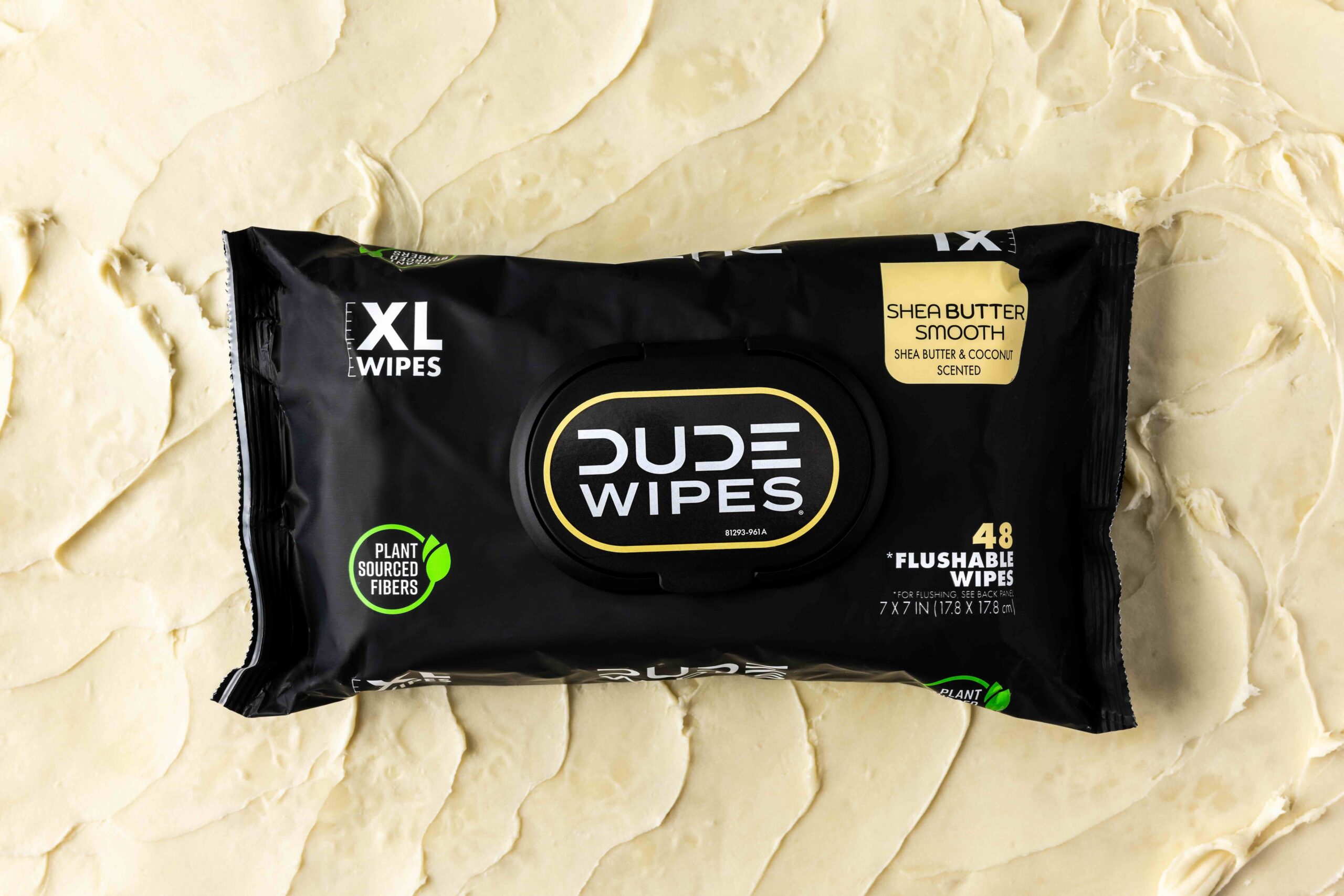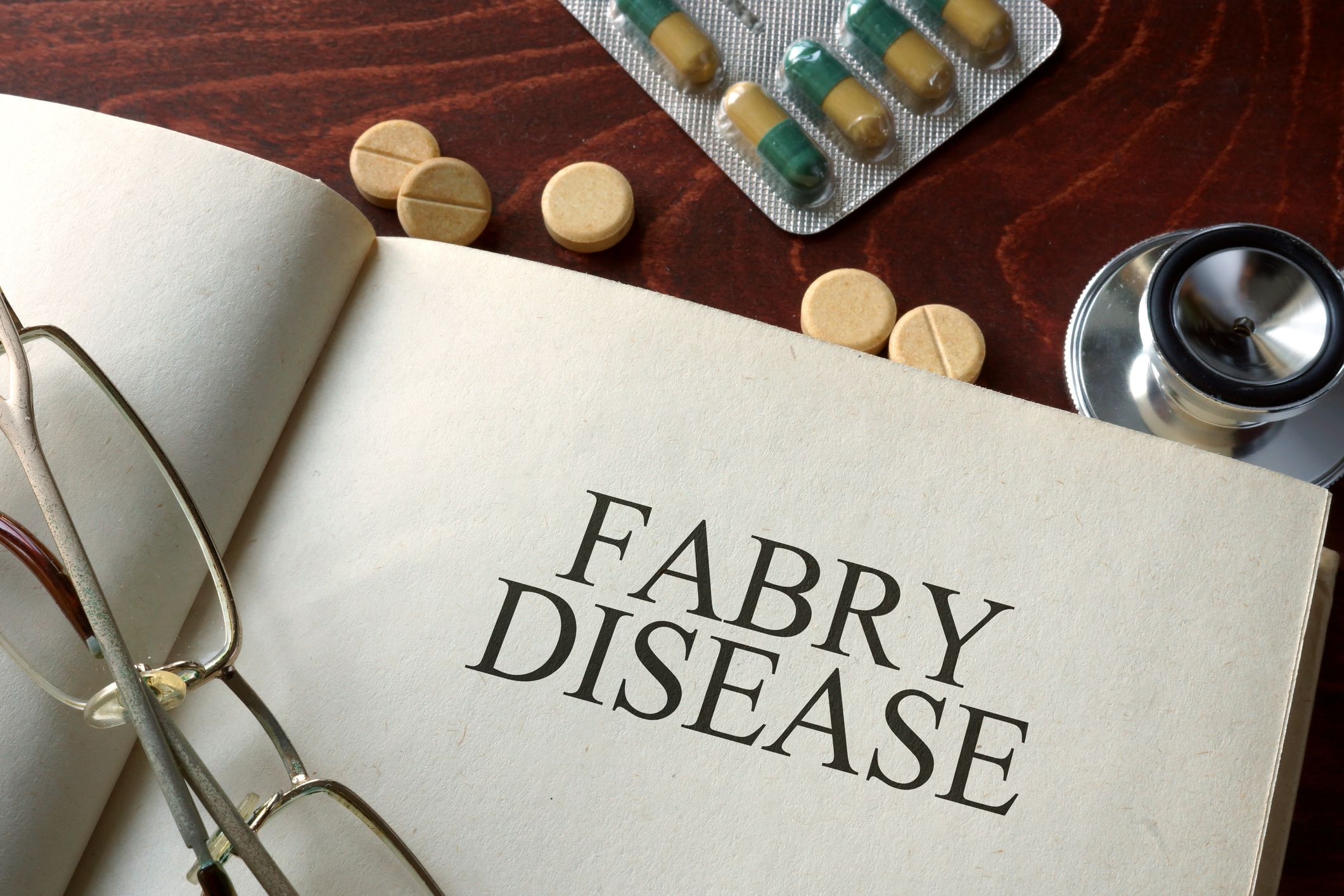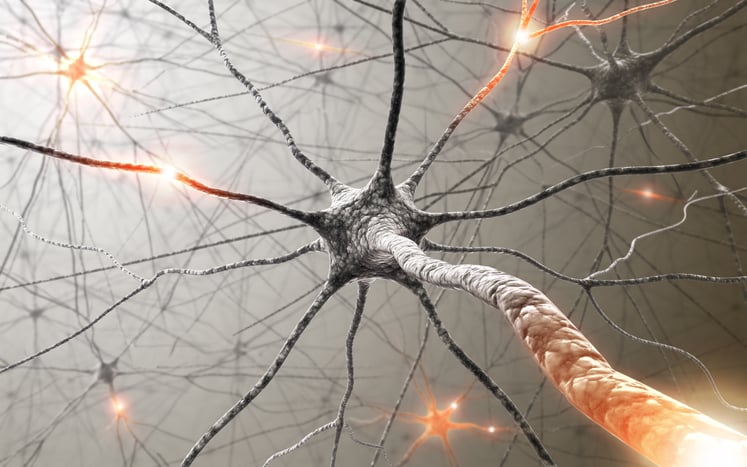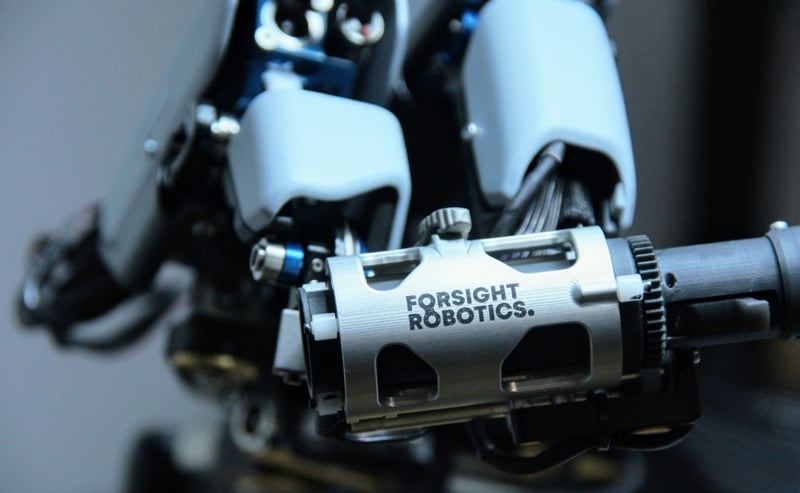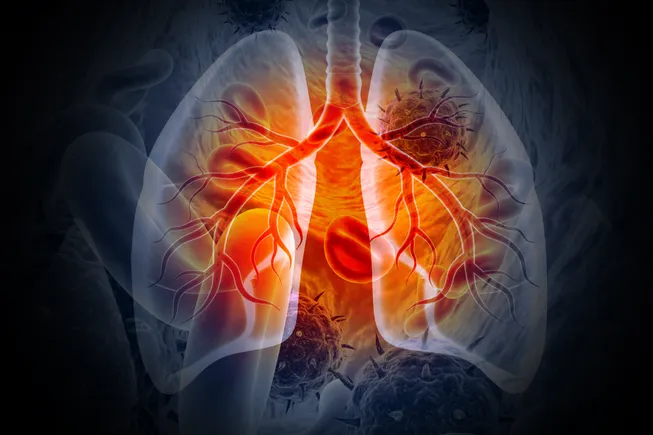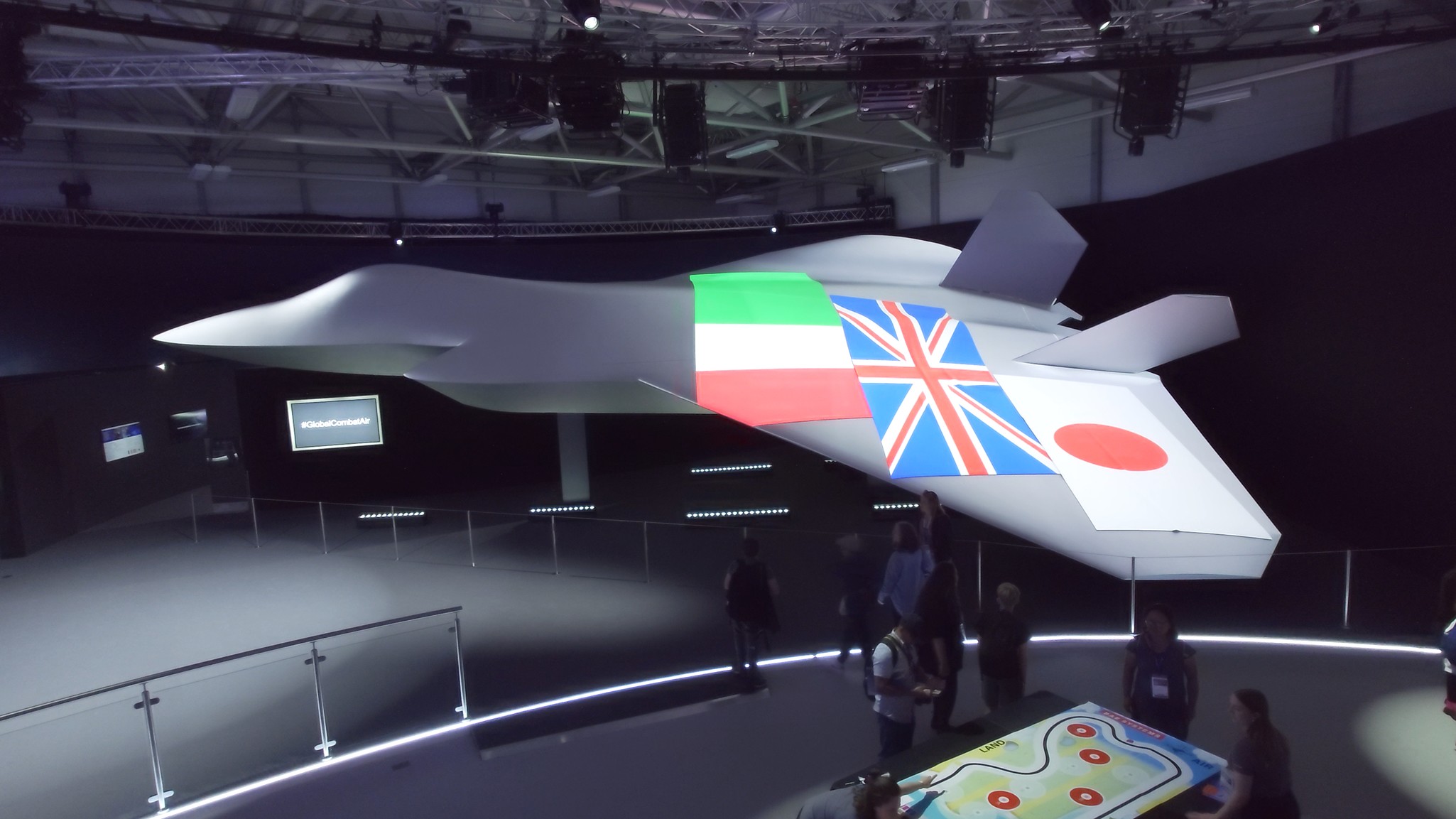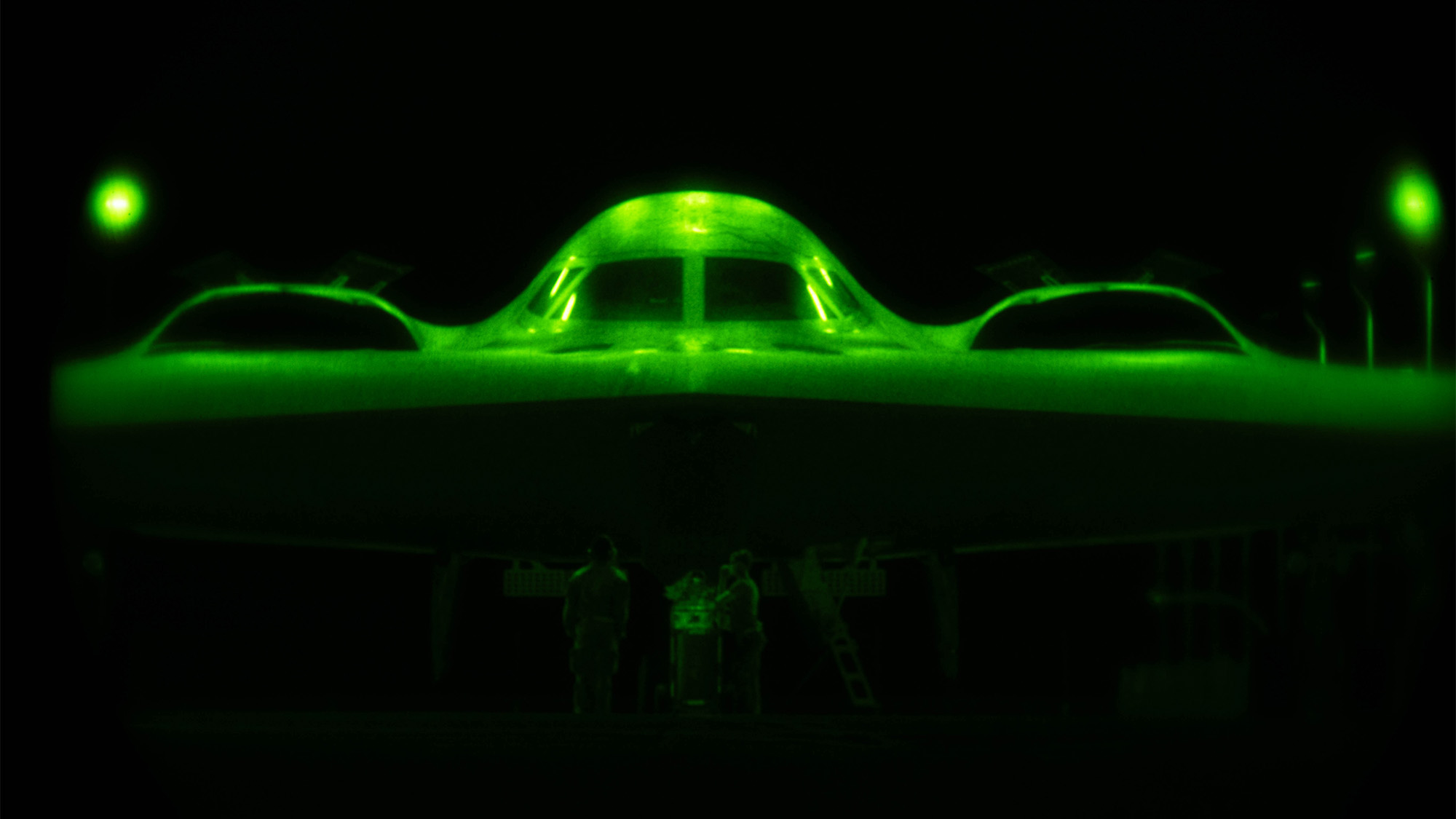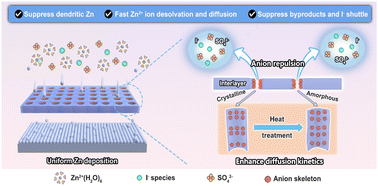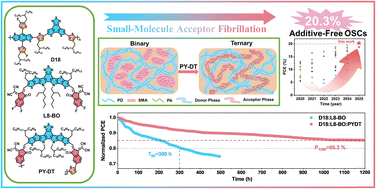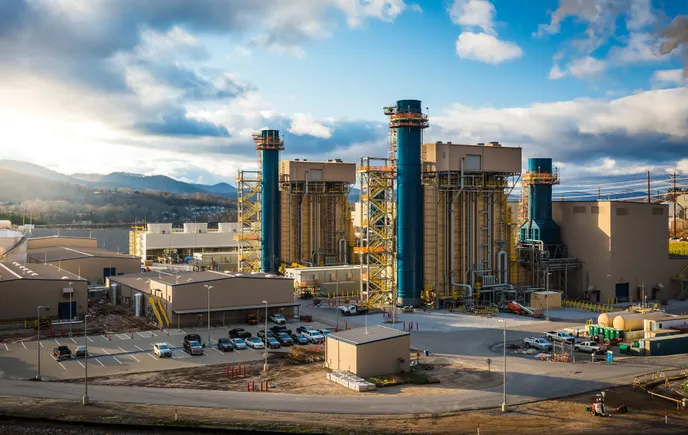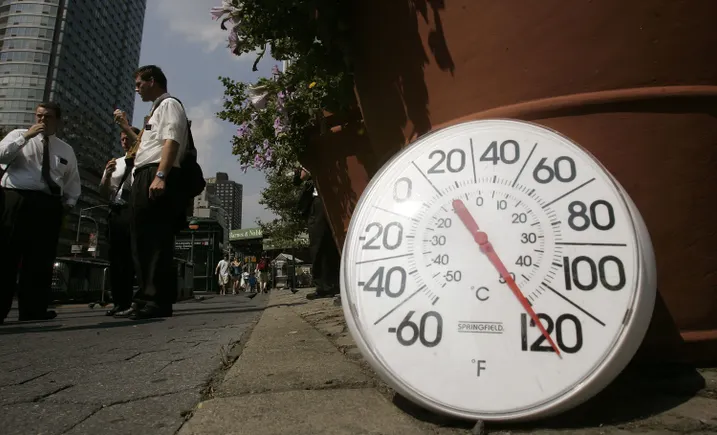Addressing Inherent Challenges to Chemical Relithiation of Cycled End‐of‐Life Cathode Materials
Advanced Energy Materials, EarlyView.

The evolution of fluorine surface species is tracked during a low-temperature redox mediator relithiation process for direct recycling of cycled NMC 622. A washing step is presented as a solution for mediating adverse effects of surface contamination. Redox mediator relithiation is shown to be a rapid, efficient method that can be applied to cycled NMC with inherent surface impurities with the proper pre-processing steps.
Abstract
Recycling end-of-life (EOL) lithium-ion batteries (LIBs) is important to retain valuable resources from critical materials present in EOL battery waste. Direct recycling methods offer an opportunity to recover intact valuable cathode materials with minimal re-processing. An important step of the direct recycling process is relithiation which is used to restore lithium content to EOL cathode materials. However, little has been done to study how preprocessing steps such as washing or binder removal may affect relithiation methods in the direct recycling process. Here, the evolution of fluorine byproducts left over from preprocessing steps during a low-temperature chemical redox mediator relithiation process is tracked. A facile washing step is presented as a solution for mediating adverse effects of surface contamination on the chemical relithiation performance. The structure, lithium content, and electrochemical performance of relithiated EOL NMC 622 material that underwent a pre-relithiation washing step to remove fluorine byproducts is shown to match that of pristine NMC 622. In this work, it is showed that redox mediator relithiation as a part of a direct recycling process is a promising low energy method that can be applied to EOL material with inherent surface impurities if the proper pre-relithiation processing steps are implemented.
















































